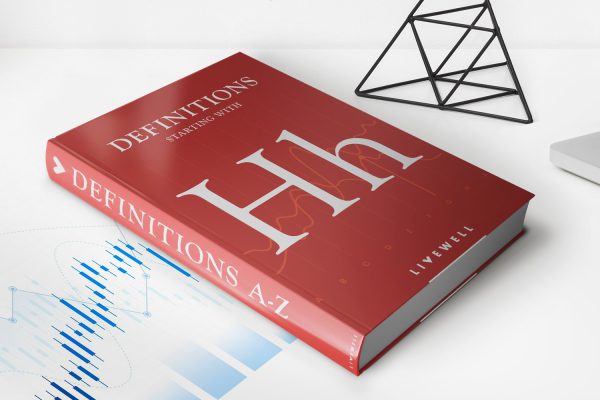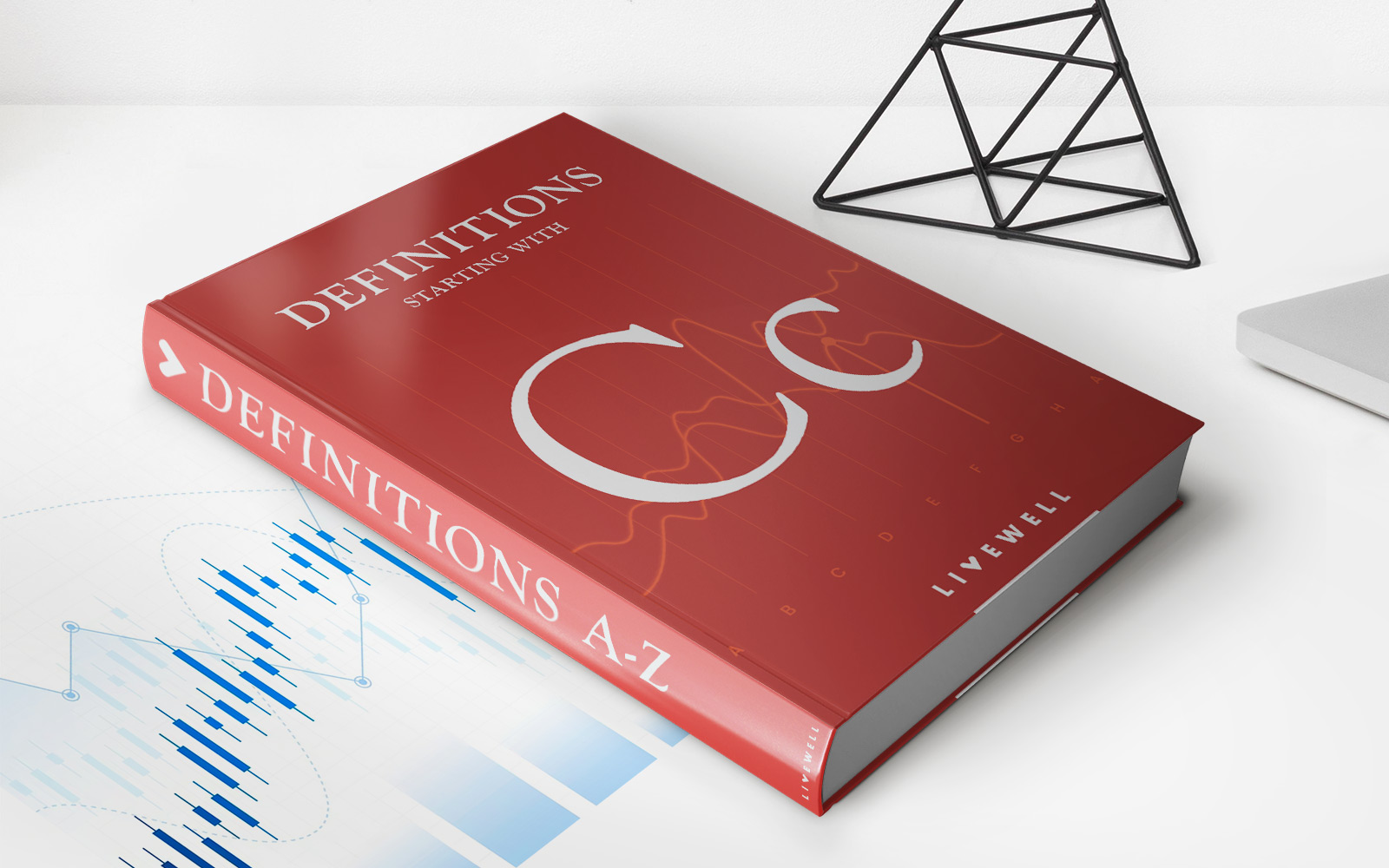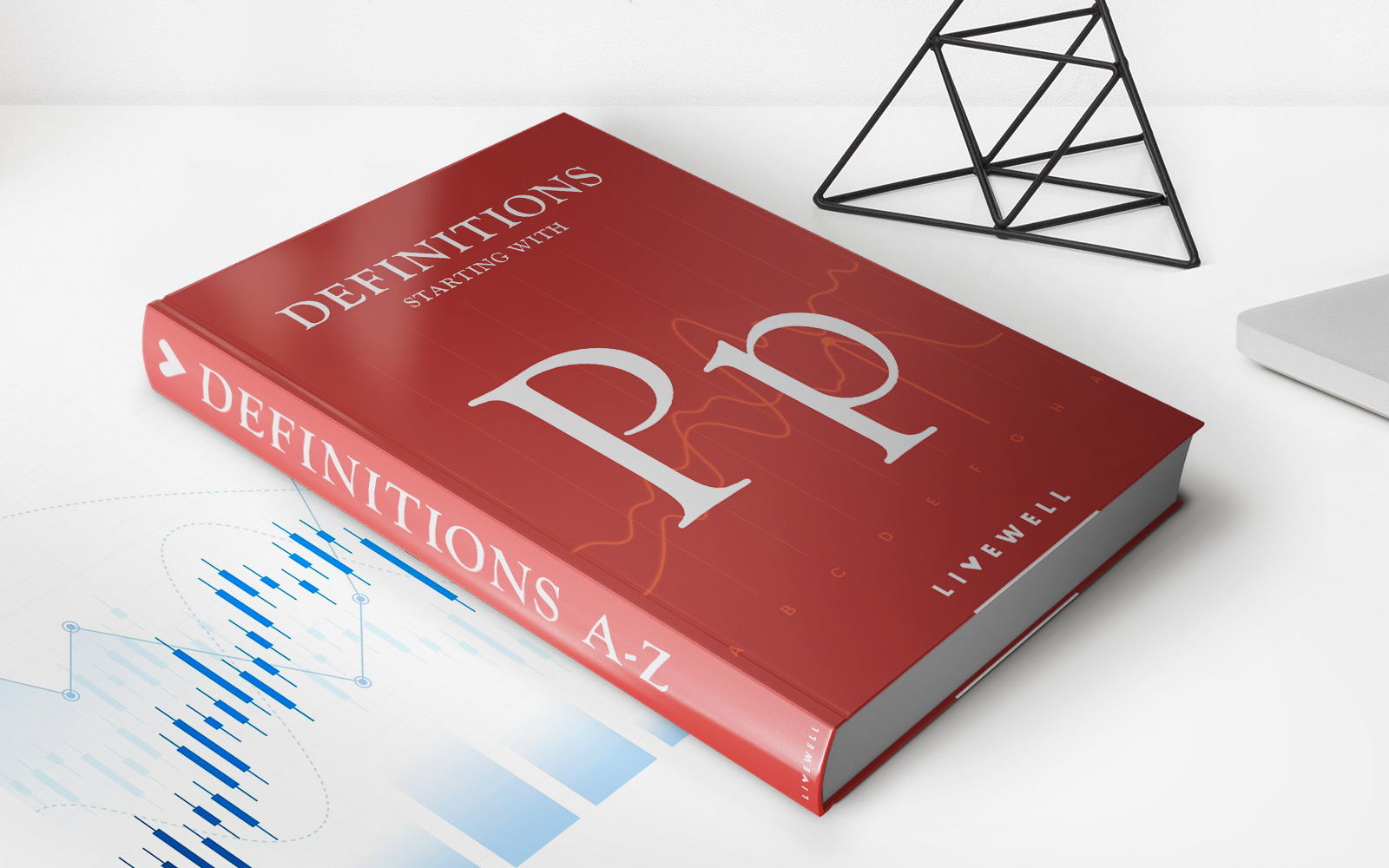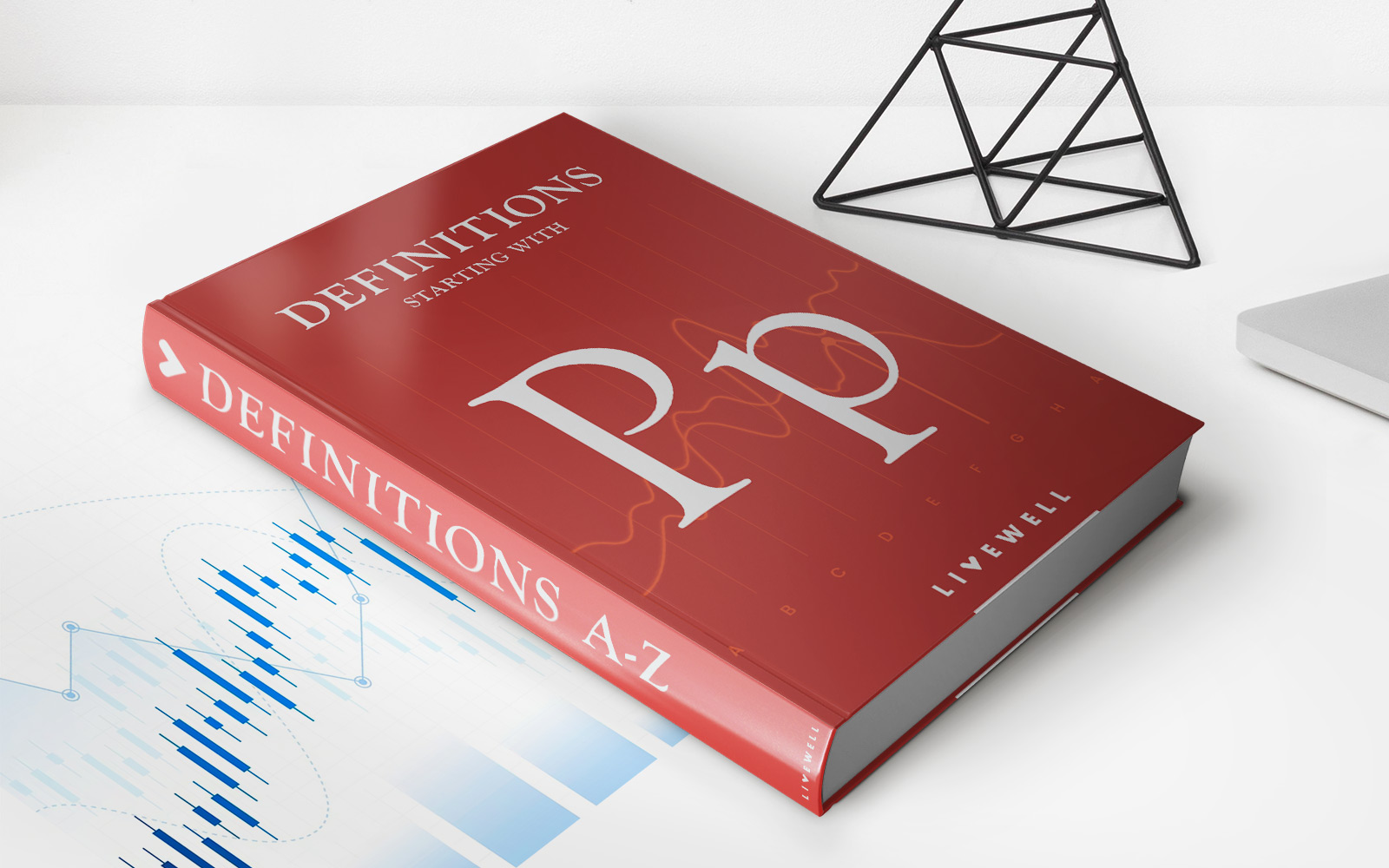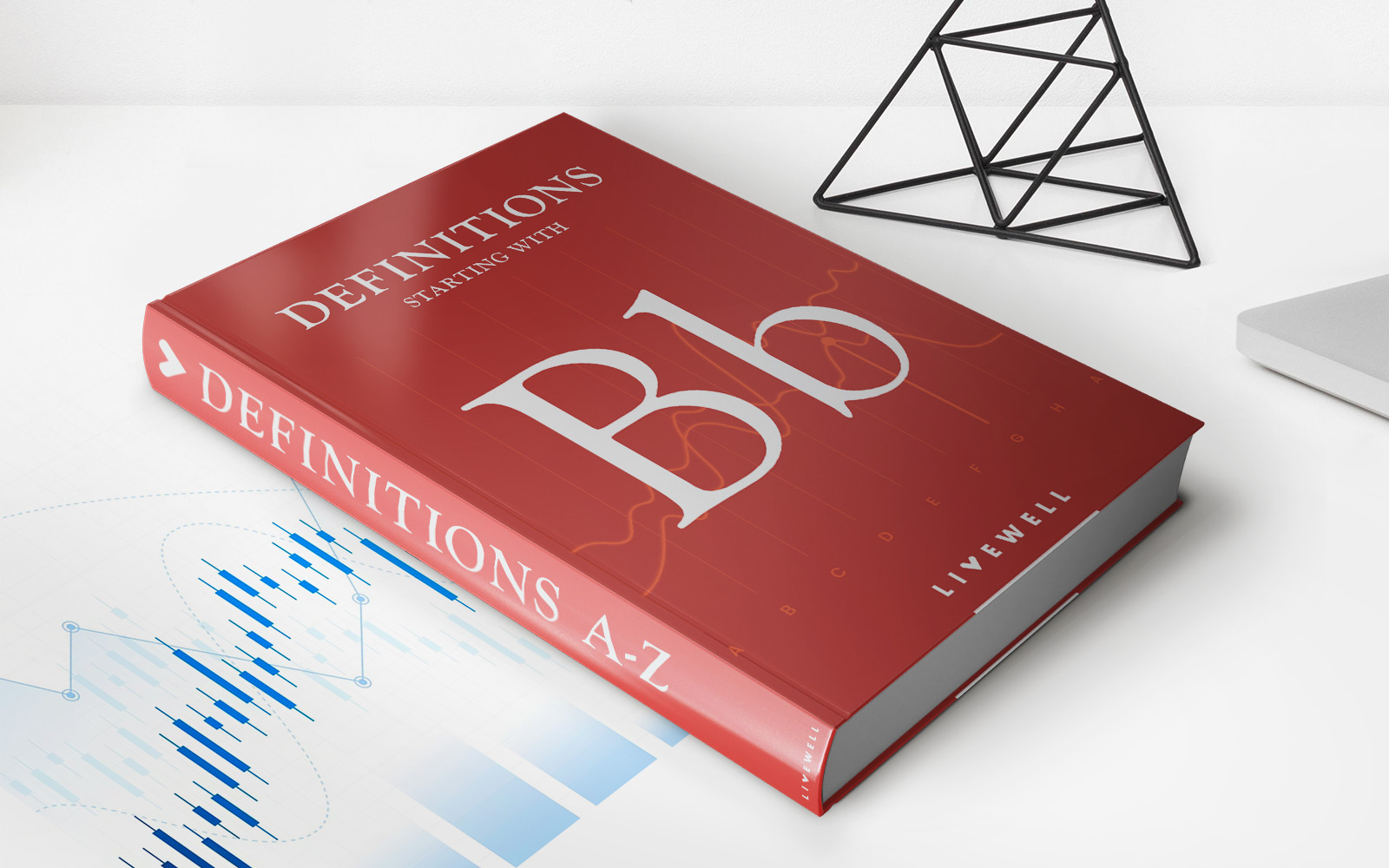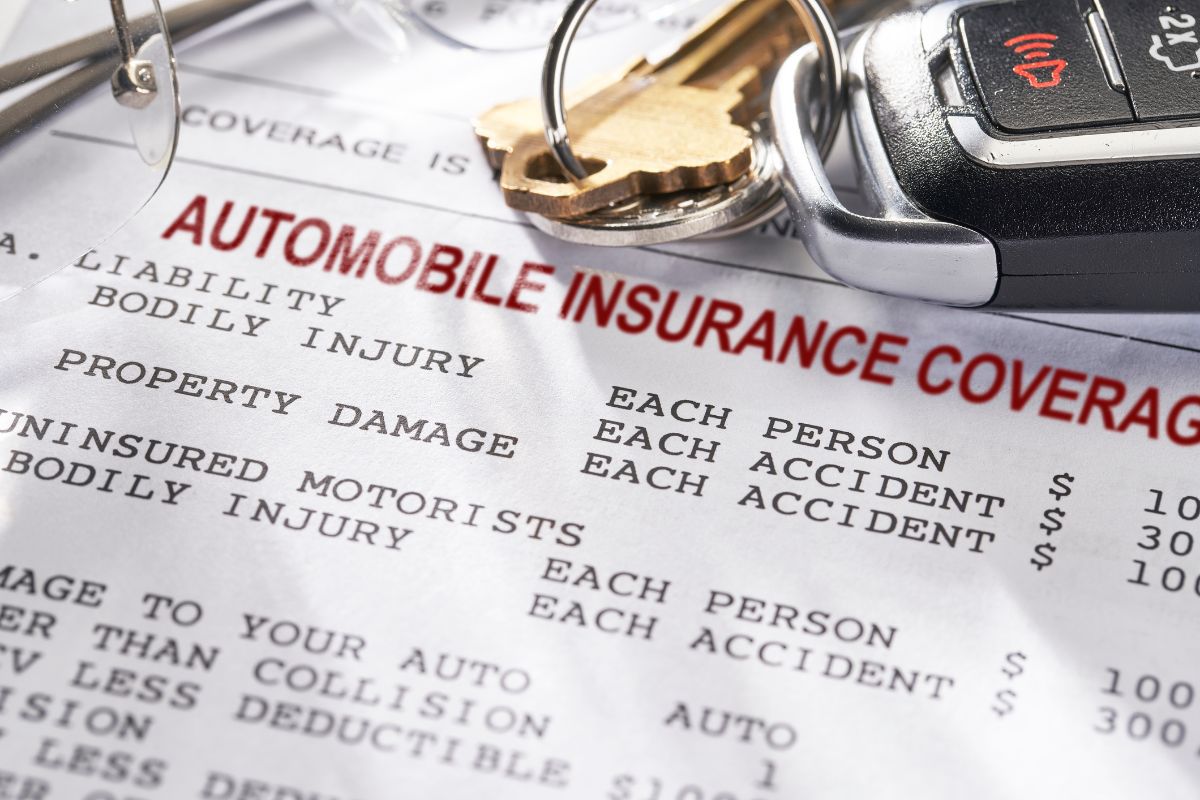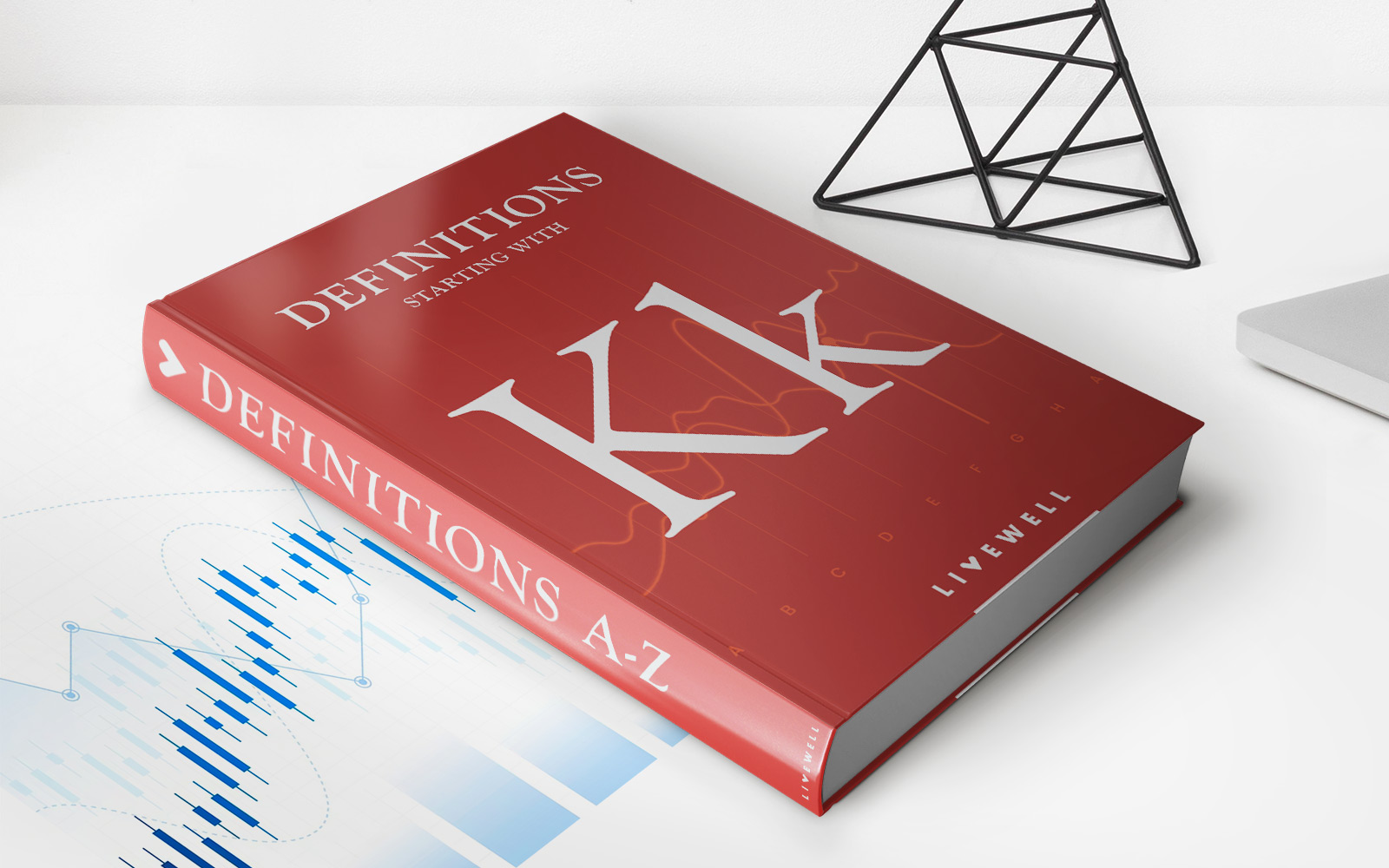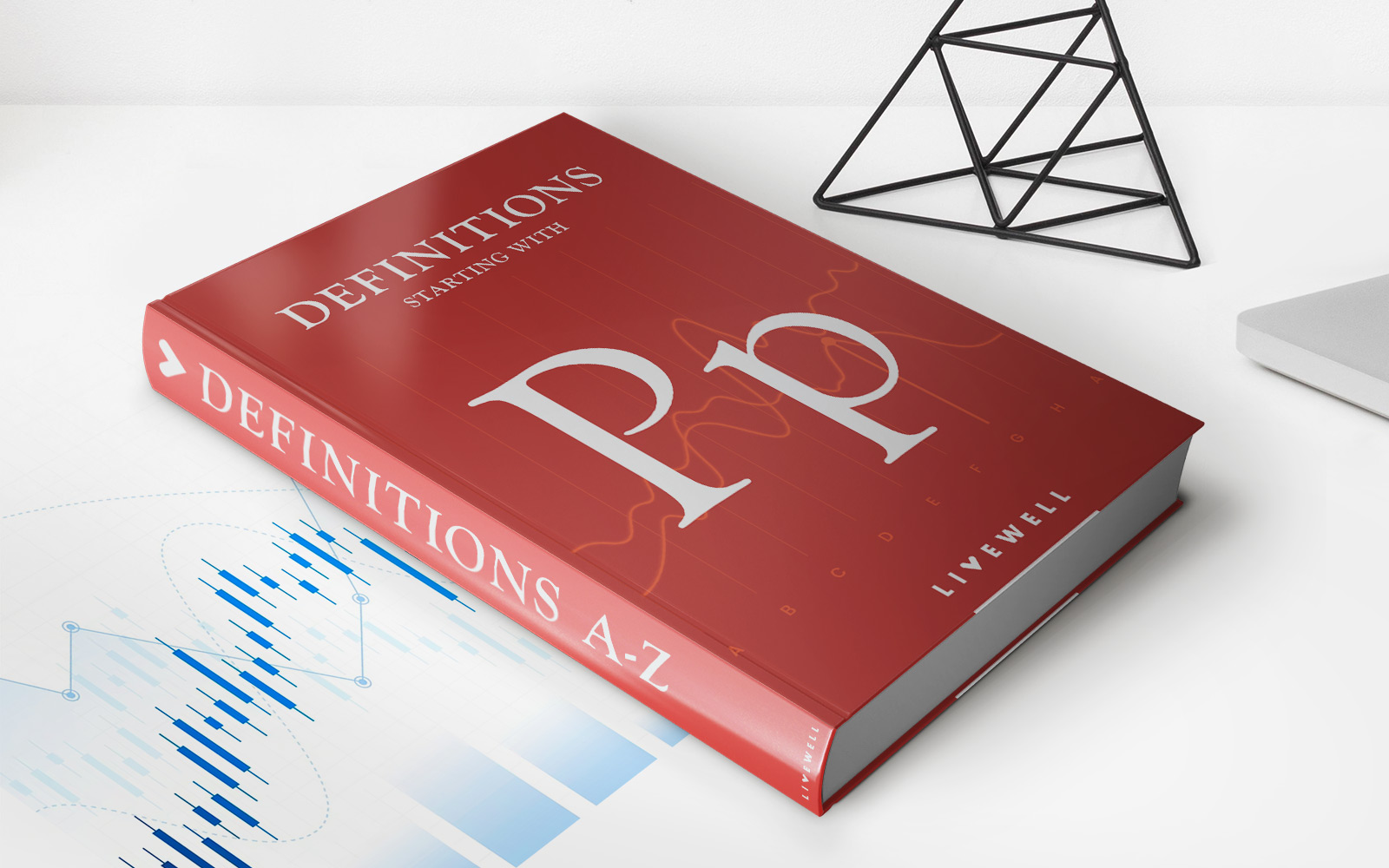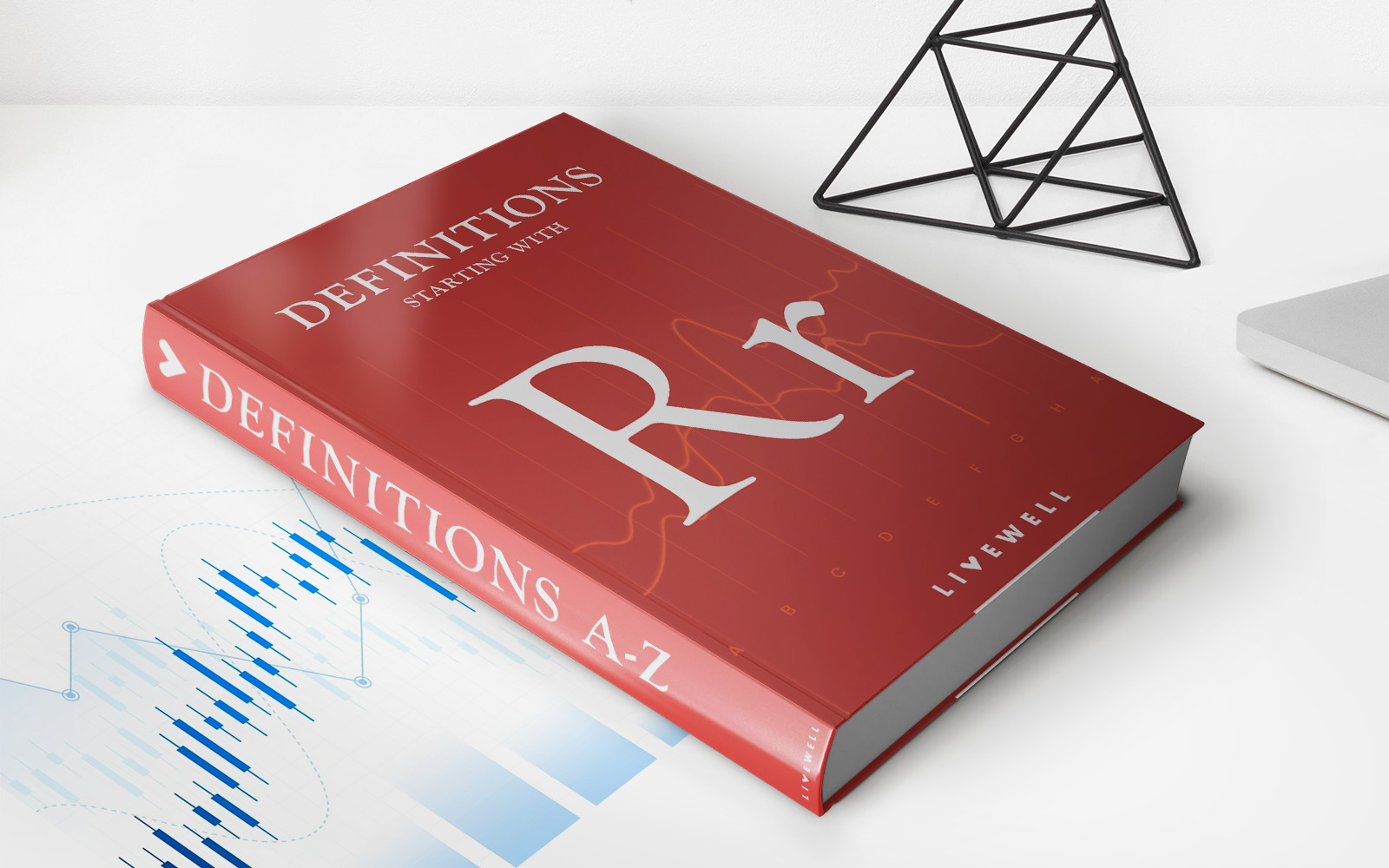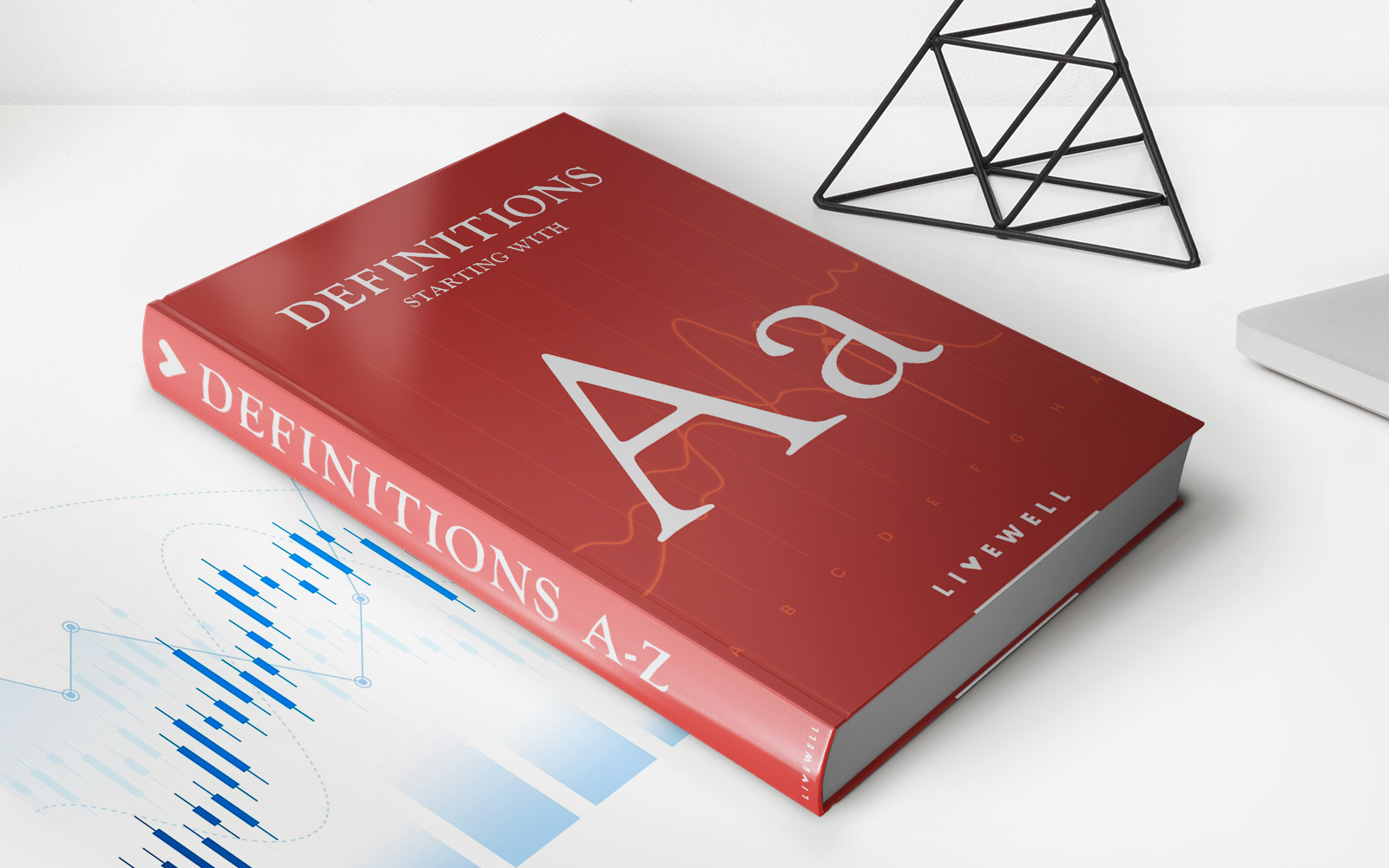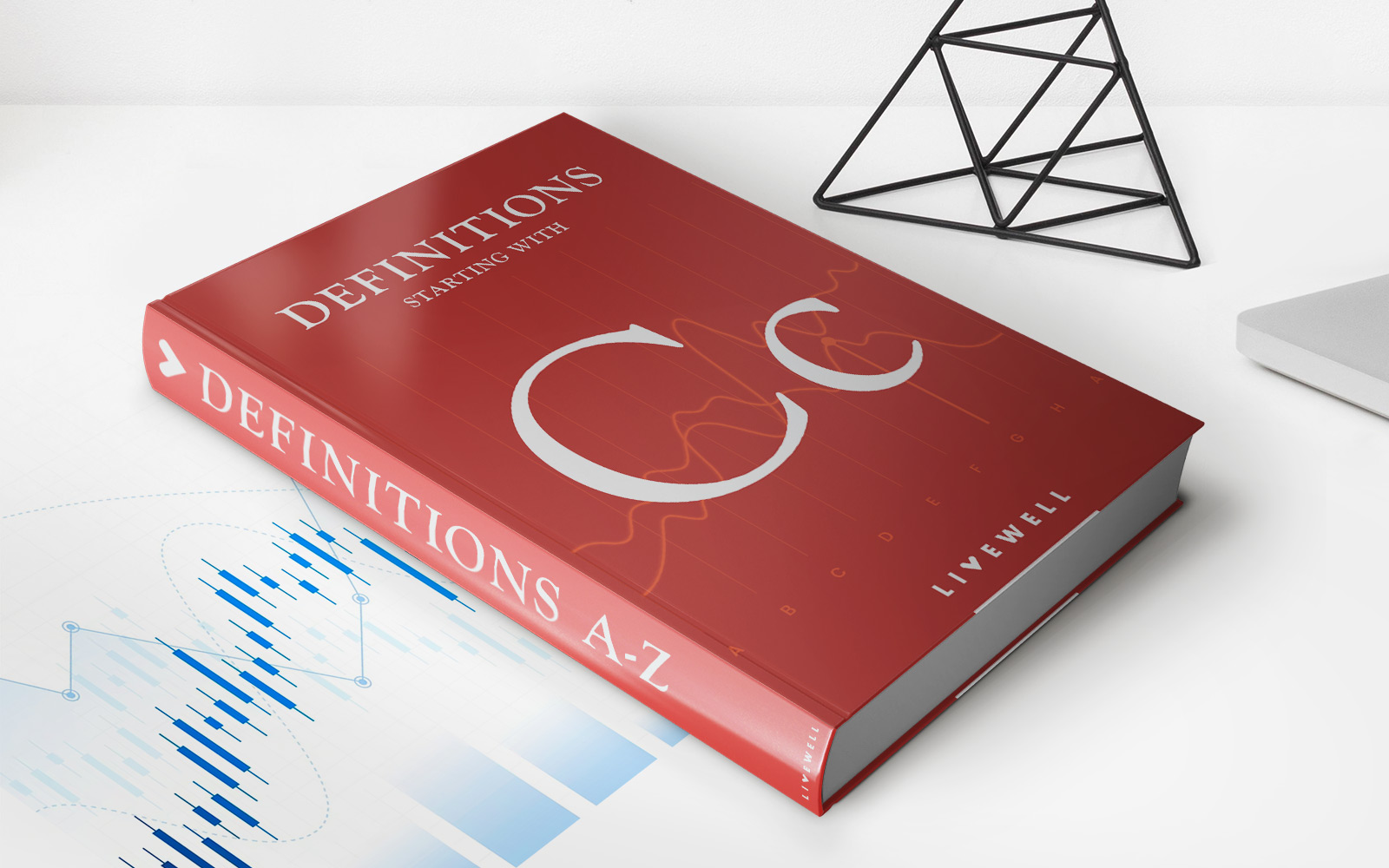Home>Finance>Auto Insurance: Definition, How It Works, Coverage Types & Costs
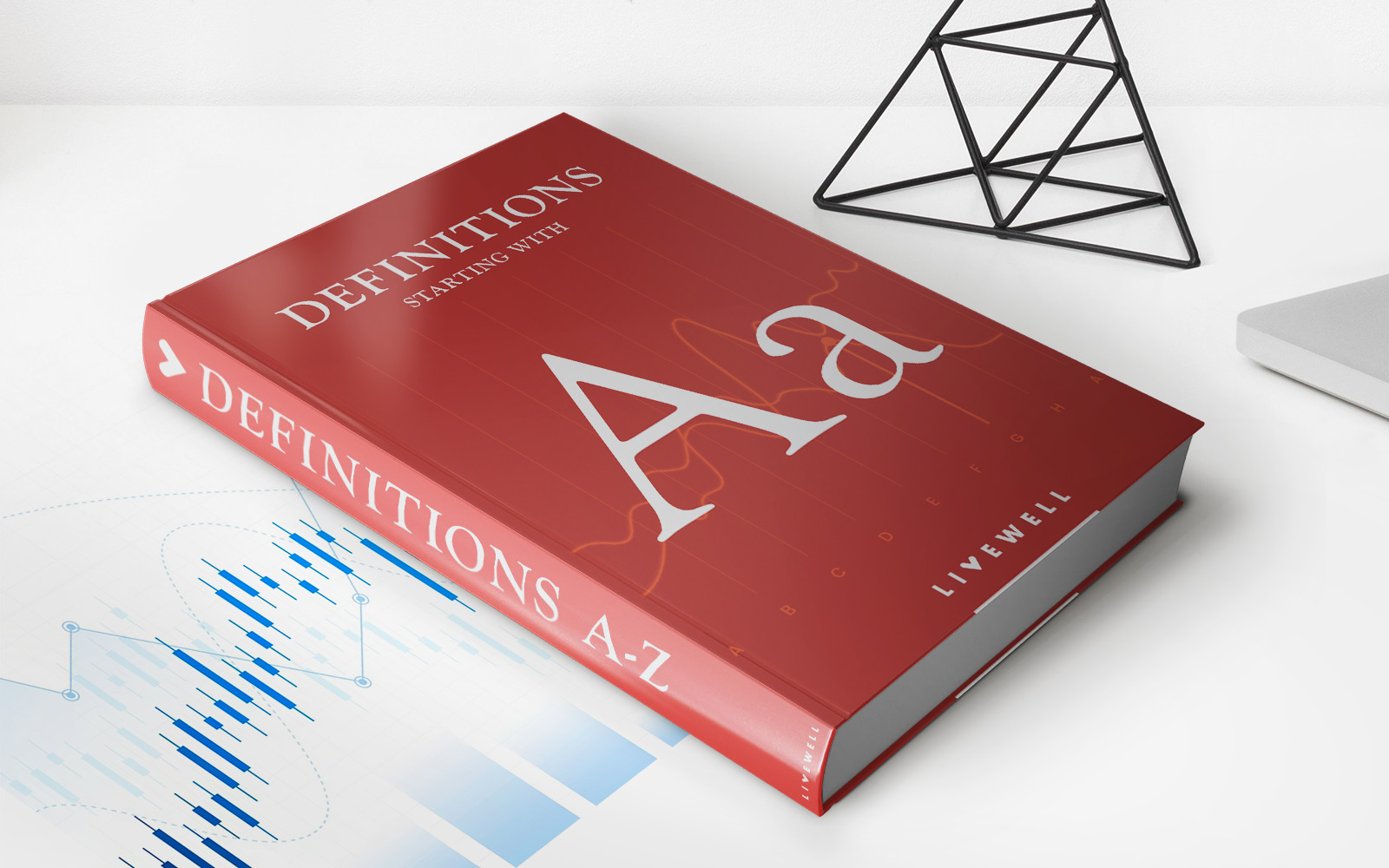

Finance
Auto Insurance: Definition, How It Works, Coverage Types & Costs
Published: October 11, 2023
Get the best auto insurance rates and coverage options to protect your finances. Learn the definition, how it works, and different types of coverage and costs.
(Many of the links in this article redirect to a specific reviewed product. Your purchase of these products through affiliate links helps to generate commission for LiveWell, at no extra cost. Learn more)
Understanding Auto Insurance: Protecting Your Vehicle and Peace of Mind
Auto insurance is a crucial aspect of responsible vehicle ownership. It provides financial protection in the event of accidents, damage, theft, or any other unforeseen mishap involving your car. Whether you’re a seasoned driver or a new car owner, understanding the basics of auto insurance is essential for making informed decisions about coverage. In this blog post, we’ll explore the definition of auto insurance, how it works, the different coverage types available, and the factors that affect its cost. So buckle up and let’s get started!
Key Takeaways:
- Auto insurance is a financial agreement between you and an insurance company that helps cover the costs associated with accidents, damage, theft, and other incidents involving your vehicle.
- Having the right auto insurance coverage helps protect your financial well-being and provides peace of mind knowing that you’re prepared for unexpected situations on the road.
What is Auto Insurance?
Auto insurance is a contract between you and an insurance company. It provides protection in exchange for regular premium payments. In the event of an accident or other covered incident, the insurance company will help cover the costs associated with repair, medical expenses, liability claims, and even legal fees, depending on the coverage you have.
Auto insurance typically consists of several coverage types, and the specific types and amounts of coverage can vary based on your needs and requirements. Let’s explore some of the common coverage options:
1. Liability Coverage
Liability coverage is usually required by law in most states. It helps cover the costs if you’re at fault in an accident that causes bodily injury or property damage to others. This coverage includes medical expenses, property repairs, and legal fees if the injured party files a lawsuit against you.
2. Collision Coverage
Collision coverage helps pay for repairs or replacement of your vehicle if it’s damaged or destroyed in a collision with another vehicle, object, or even if it rolls over. This coverage is particularly important if you have a newer car or a vehicle with a higher value.
3. Comprehensive Coverage
Comprehensive coverage protects your vehicle against damage caused by incidents other than collisions. This includes theft, vandalism, natural disasters, falling objects, and even encounters with animals. As an all-encompassing coverage, it provides added peace of mind.
4. Personal Injury Protection (PIP) or Medical Payments Coverage
PIP or medical payments coverage helps cover the medical expenses for injuries sustained by you and your passengers, regardless of who’s at fault. It can include the costs of medical treatments, hospital stays, rehabilitation, and even funeral expenses, depending on the policy.
The Factors That Affect Auto Insurance Costs
Several factors influence the cost of auto insurance premiums. Understanding these factors can help you make informed decisions and potentially save money on your policy. Here are some of the key factors:
- Driving Record: A clean driving record with no accidents or traffic violations can result in lower premiums, as it indicates a lower risk to the insurer.
- Vehicle Type: The make, model, and age of your vehicle can affect the cost of insurance. Cars with higher safety ratings and lower theft rates usually have lower insurance premiums.
- Location: Where you live can influence insurance costs. Areas with higher accident rates, theft rates, or population density may result in higher premiums.
- Credit Score: In some states, your credit score may impact your insurance premium. Good credit can demonstrate responsibility in the eyes of insurers, potentially leading to lower rates.
- Age and Gender: Younger drivers, especially teenagers, are considered higher risk drivers, and as a result, their premiums may be higher. Additionally, statistics show that men tend to have a higher likelihood of accidents compared to women, possibly affecting their insurance rates.
It’s important to compare quotes from multiple insurance providers to find the best coverage at a competitive price. Keep in mind that while cost is a significant factor, it shouldn’t be the only consideration when choosing auto insurance. Evaluate the coverage options, customer service, and reputation of the insurance company as well.
Conclusion
Auto insurance is an essential part of responsible vehicle ownership. It provides financial protection, peace of mind, and ensures that you’re prepared for unexpected events on the road. Understanding the different coverage types and the factors that influence the cost of auto insurance can help you make informed decisions and choose the policy that best suits your needs and budget. Remember, having the right auto insurance coverage is not just a legal requirement; it’s a smart financial decision that can save you from significant expenses in case of an accident or damage to your vehicle.

